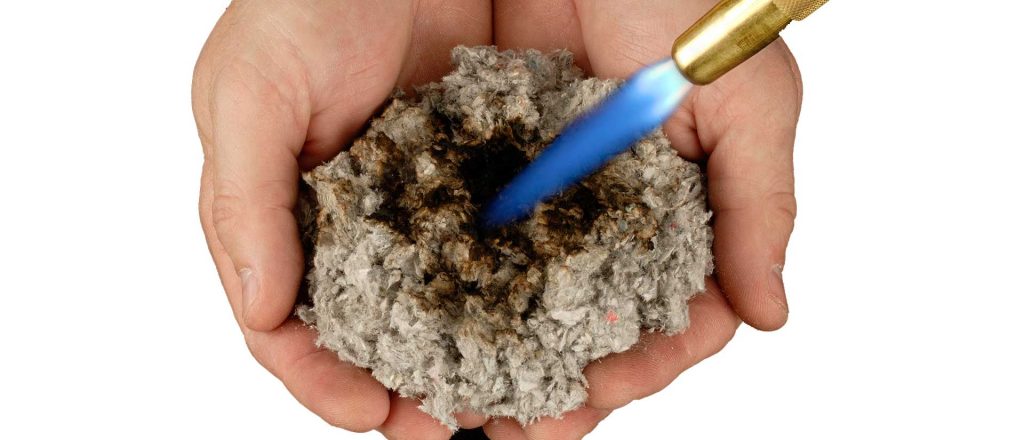Soundproofing Walls and Ceilings in Apartment Building in Manhattan NY
Whether it’s barking dogs, energized children, deafening music, loud neighbors, apartment renovations, honking horns or garbage trucks, indoor and outdoor noise can be unbearable.
Many New Yorkers are taking noise matters into their own hands and soundproofing their windows, floors, walls, and ceilings.
Soundproofing Walls and Ceilings
There are more options for soundproofing a wall or ceiling to block out hammering and drilling from upstairs neighbors, loud music from stereos or noise from TV’s, not to mention tapping and heavy walking from upstairs neighbors on uncarpeted floors or children who use their apartment as a basketball court.
Spray Foam Insulation NYC, has been soundproofing apartments for 15 years and he works with architects, landlords, designers, real estate managers and apartment owners to soundproof offices, walls, floors, and ceilings. “Soundproofing has taken off in a big way in the city,”
Cellulose insulation can reduce sound traveling through walls and between floors. The density of cellulose gives it an advantage over other forms of insulation, such as fiberglass. Cellulose insulation works to reduce the lateral movement of sheetrock, which decreases the amount of sound that can travel through walls
But if the problem is noise from neighbors who won’t co-operate—or thin walls that carry even minimal noise—you might need to insulate your walls. Spray Foam Insulation NYC says that this work involves soundproofing walls, particularly bedroom walls since they often carry noise from neighbors’ TV’s, loud conversations and even private activities. Most often it’s new apartment owners who are soundproofing their habitats before they move in.
Soundproofing your ceiling is similar to soundproofing walls, but much more work, says Spray Foam Insulation NYC.
Soundproofing Existing Walls
You don’t have to uncover your walls to insulate them. Instead of installing batts or resilient channel, you can blow loose-fill fiberglass or cellulose insulation into existing walls. Loose-fill insulation also provides an effective sound barrier when blown into the attic. The equipment for blowing insulation is available for rental in most locations, and the procedure for insulating walls is straightforward. You simply cut a hole for the blower nozzle at the top of each wall bay with a hole saw, fill the bay with insulation, and patch the hole with drywall finishing supplies.
Sound Insulation
Insulating your home has the added benefit of making your home more soundproof. Not only does insulation help control your energy costs and indoor climate but it also improves the level of sound control between your interior rooms. Due to the density of insulation, it can help diminish noises from other rooms and even outside. An insulation’s ability to deafen noises is often measured in STC (Sound Transmission Class). STC measures the decibel (dB) decrease as sound passes through a material.
Spray Foam Insulation
Spray foam is polyurethane foam that can block or resist sound waves or vibration. It’s great for deflecting noise, but not as efficient at absorbing it. Spray foam helps to muffle or reduce sounds from moving between floors and rooms due to the dense nature of the material. Spray foam has an STC of 39 for open cell and 37 for closed-cell.
Cellulose Insulation
Cellulose insulation is composed of 75-85% recycled paper fiber with the remainder being made up of fire-retardant matter. It reduces vibrations within a wall or ceiling to absorb sound and reduce echo feedback. The more loosely packed the fibers, the better their ability to absorb and dampen sound. Cellulose insulation has an STC range from 44 to 68 depending on its density.
Conclusion
When comparing the ability to control sound, cellulose insulation offers superior soundproofing compared to spray foam insulation. Using cellulose insulation can absorb sound from outside your home and between rooms when added to your interior walls. Winner: Cellulose Insulation
If you’re willing to hire an independent contractor or carpenter to do the job, another and possibly less expensive option is to contact Spray Foam Insulation NYC (718-594-1976)
Cellulose has a Class 1 Fire rating

Cellulose Insulation is treated with fire retardants to meet all federal, state, and local fire safety requirements. With a flame spread of 25 or less, cellulose has a Class 1 Fire rating. Walls with cellulose insulation are one-hour (or greater) fire walls and can help control the spread of fire. It also has a very low smoke development index level.
